When it comes to welded steel pipes, two terms often cause confusion: ERW steel pipe and LSAW steel pipe. While they sound similar, they are not always the same. In fact, high frequency welded pipes belong to the category of straight seam welded pipes, but they are produced using a very different welding method. Understanding their differences is essential for engineers, contractors, and buyers who want to choose the right product for oil, gas, water, and structural applications.
What Is a Straight Seam Welded Pipe?
A straight seam welded pipe is any pipe that is manufactured by bending a steel plate or coil and welding the edges together along a straight seam. The defining feature is that the weld runs parallel to the pipe’s axis. This is different from spiral welded pipes, where the weld runs in a helical direction.
Straight seam welded pipes are divided into two main categories:
ERW (Electric Resistance Welded) pipes, also called high frequency welded pipes
LSAW (Longitudinal Submerged Arc Welded) pipes
So, in simple terms, high frequency welded pipes are actually a sub-type of straight seam welded pipes.
High Frequency Welded Pipe
A high frequency welded pipe, commonly known as ERW pipe, is produced using high frequency electric resistance welding. In this process, steel coils are unrolled, shaped into a cylindrical form, and welded using high frequency current. No filler metal is used, and the weld seam is created by the heat generated from the resistance of the steel.
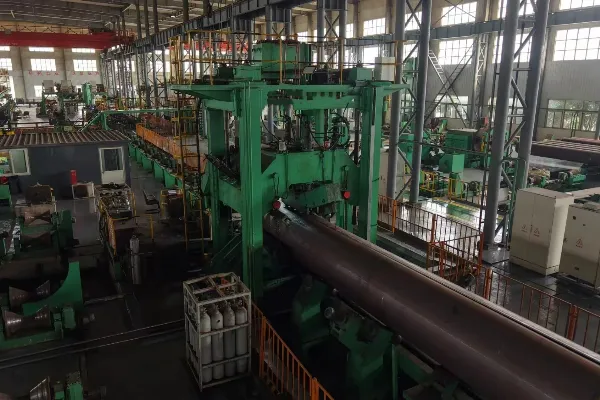
What is the difference between high-frequency welded pipe and straight seam welded pipe?
It's likely that many of you have heard of high-frequency welded pipe and straight seam welded pipe, but you may not know the difference between them. Today, I will briefly introduce them:
I. Different Characteristics.
1. High-frequency welded pipe: After being formed by cold-rolled rollers through a forming machine, it is welded under the action of squeeze rollers using the skin effect and adjacent effect of high-frequency alternating current to complete the production process.
2. Straight seam welded pipe: This includes straight seam welded steel pipe welded by double-sided arc welding and high-frequency resistance welding (ERW). High-frequency resistance welding (ERW) is abbreviated as ERW. Depending on the forming method, arc-welded straight seam welded pipe is divided into UOE, RBE, and JCOE seamless steel pipes.
II. Different Materials.
1. High-frequency welded pipe: Seamless steel pipes made by high-frequency resistance welding are welded differently from conventional welded steel pipes. The welding process uses the raw material of the strip steel itself to melt, resulting in superior impact toughness compared to conventional welded steel pipes. 2. Straight Seam Welded Pipe: Straight seam welded pipe materials include pipeline steel products such as Q195, Q215, Q345, and X42. Straight seam welded pipe is categorized by wall thickness into carbon steel pipe and thickened seamless steel pipe. Seamless steel pipe is categorized by hydraulic pipe into externally threaded and non-externally threaded pipes.
III. Different Characteristics
1. High-Frequency Welded Pipe: The surface is smooth and the precision is high. The project cost is low, the weld misalignment is minimal, and it facilitates the application of the E anti-corrosion coating. The welding method for high-frequency welded pipe differs significantly from that for arc welded pipe. Because high-frequency welding is performed rapidly, ensuring weld quality is significantly more challenging than with arc welding.
2. Straight Seam Welded Pipe: Straight seam welded pipe is primarily available in lengths of 6-14 meters, depending on the user's specifications. Large-diameter straight seam welded pipe may require the production of two plates, resulting in double welds.






 English
English Español
Español بالعربية
بالعربية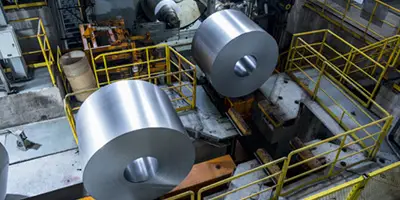
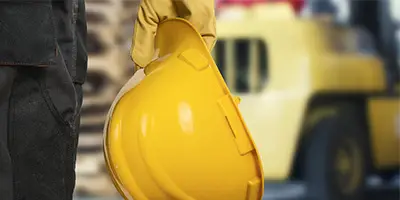
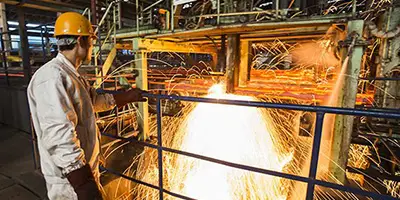
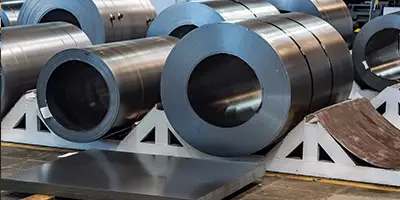

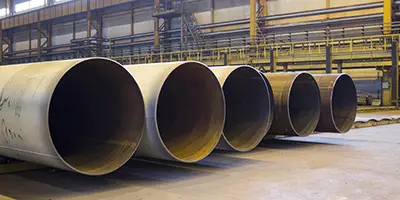
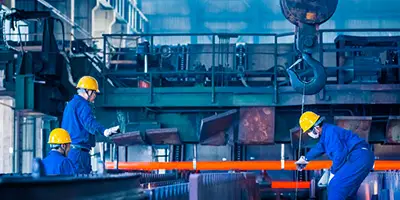
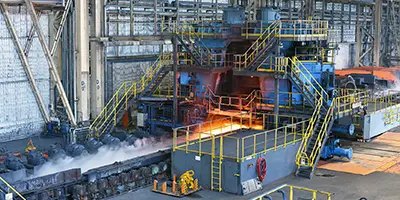
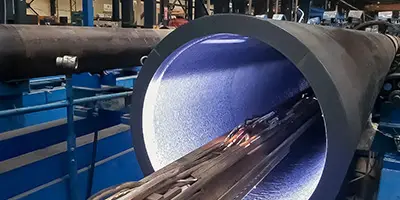
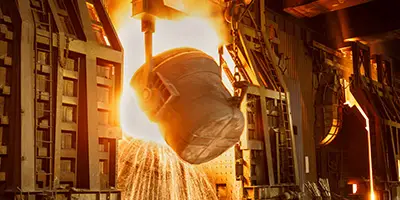


 Phone :
Phone :  Whatsapp :
Whatsapp :  Email :
Email : 


